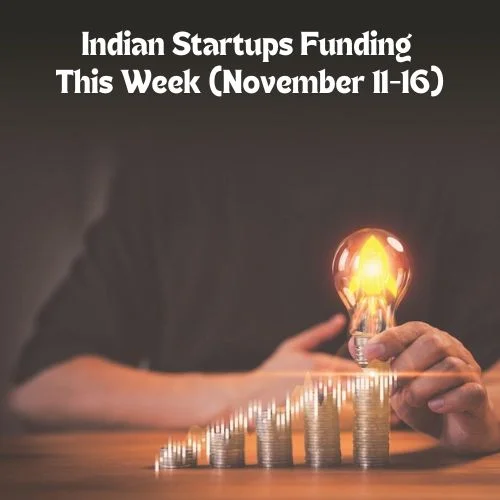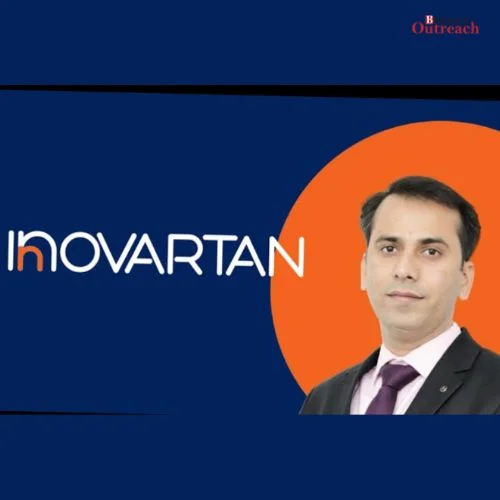In the latter part of 2023, hedge funds are meticulously observing the repercussions of inflation, aggressive interest rate increases, and the ongoing decarbonization process on the global economy. Notably, major central banks have collectively raised interest rates by more than 3,750 basis points since September 2021.
Although the pace of rate hikes has decelerated, the full impact is yet to be fully experienced. This article focuses on the investment strategies proposed by five prominent hedge funds, each targeting different asset classes, as a means to navigate the uncertain market conditions.
UBS O’Connor: Embracing Long-Term “Busted” Convertible Bonds
UBS O’Connor, an alternative platform encompassing both hedge funds and credit, proposes investing in long-term “busted” convertible bonds. These hybrid securities are bonds that can be transformed into stocks when the stock price surpasses a predetermined conversion price. During the period between 2020 and early 2022, companies capitalized on favorable financing circumstances and issued convertible bonds with low or no coupon rates, attracting investors due to high equity valuations. However, with the recent surge in interest rates and corrections in the equity market, these convertible bonds are presently trading at significantly discounted prices. UBS O’Connor believes that if the issuer company engages in mergers and acquisitions or decides to repurchase the bond at its reduced price, investors have the potential to achieve attractive returns.
Indus Capital Partners: Capitalizing on B2B Inflation and Enhancing Real Wages in Japan
Indus Capital Partners, an equity-focused investment firm specializing in Asia, identifies opportunities in Japanese companies that benefit from business-to-business (B2B) inflation. B2B inflation occurs when firms transfer rising costs to other businesses. The hedge fund has increased exposure to the industrial and materials sectors, emphasizing companies equipped to manage escalating costs and implement overdue adjustments to pricing practices. Additionally, Indus Capital Partners’ portfolio manager highlights the identification of beneficiaries of improving real wages in Japan, such as domestic retailers and restaurants. Despite a prolonged decline, Japan’s real wages are exhibiting signs of improvement, making these sectors appealing investment prospects.
Maerli Capital: Investment Prospects in Gold
Maerli Capital, a multi-strategy hedge fund, recommends purchasing gold due to a weaker dollar and the volatility surrounding the Federal Reserve’s interest rate projections. The founder, Anastasia Tarasova, notes that central banks have been replenishing their gold reserves at historically high levels, indicating robust demand. Tarasova predicts that gold prices could potentially reach $1,950 to $2,000 per ounce by the end of 2023, signifying a gain of over 5.5% from the current price of $1,895. If geopolitical tensions escalate, pushing gold above $2,070, Tarasova envisions a further rally to $2,090-2,100. She emphasizes the relevance of gold as a protective asset, particularly considering the uncertain geopolitical implications of the conflict in Ukraine.
Redhedge Asset Management: Long Positions in Investment-Grade Bonds and Short Positions in High-Yield Bonds
Redhedge Asset Management, specifically its credit hedge fund known as Redhedge Synergy Total Return, believes that bond markets underestimate the influence of the European Central Bank (ECB). Despite the ECB reducing its bond holdings, it remains a significant holder of euro area bonds. The founder and Chief Investment Officer (CIO), Andrea Seminara, highlights that the equity rally driven by stocks related to artificial intelligence (AI) has contributed to the narrowing spread between bonds with similar maturities but different credit ratings.
If a recession occurs, Seminara anticipates that the price of high-yield bonds will decrease, resulting in a widening spread between investment-grade bonds and riskier counterparts. Redhedge Asset Management favors long positions in investment-grade bonds and shorting high-yield bonds using the iTraxx Europe and iTraxx crossover indices.
Crawford Fund Management: Shorting Vulnerable Entrants in the Electric Vehicle Industry
Crawford Fund Management, an investment advisor to Eric Sturdza Investments, concentrates on long and short stock positions on under-researched securities. Chris Crawford, the managing partner, believes that the shift towards electric vehicles (EVs) will pose challenges for both established players and newcomers in the industry. The Biden administration’s drive for decarbonization has accelerated the transition to EVs in the U.S. auto industry. While newcomers face obstacles in developing scalable supply chains and cost-effective sales strategies, traditional car manufacturers may struggle to compete with emerging players in terms of low-cost production and competitive pricing. Crawford suggests adopting short positions on vulnerable entrants in the EV market, considering the industry’s significant disruptions and transformations.















